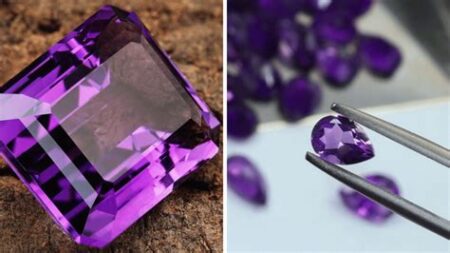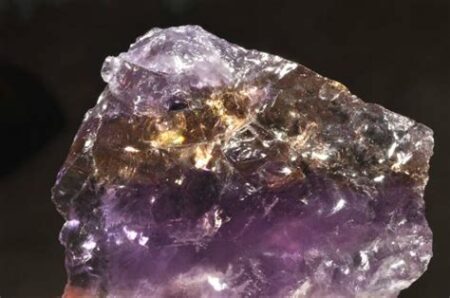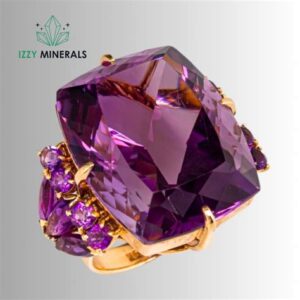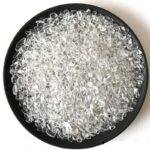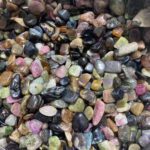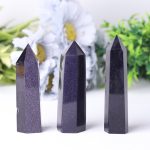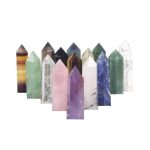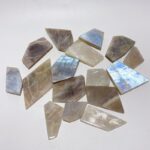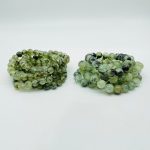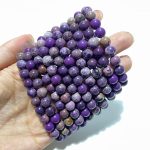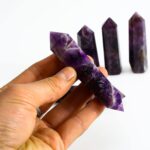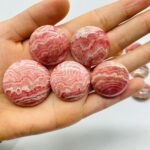Introduction
The allure of red gemstones has captivated humanity for millennia, symbolizing passion, love, and power. With their vibrant hues and exceptional brilliance, these precious stones ignite the imagination and enhance any jewelry collection. From fiery rubies to elegant garnets, the world of red gemstones offers a dazzling array of options that will leave you spellbound.

Types of Red Gemstones
The most popular red gemstones include:
- Ruby (Corundum): The quintessential red gemstone, rubies are known for their deep, rich hue and unparalleled brilliance.
- Spinel (Magnesium Aluminum Oxide): A versatile gemstone that can exhibit a wide range of red shades, from vibrant orange-red to deep carmine.
- Garnet (Various Silicate Minerals): A group of silicate minerals that come in a variety of red hues, including rhodolite, pyrope, and almandine.
- Red Coral (Calcium Carbonate): A unique organic gemstone formed from the skeletons of marine creatures, it features a deep red color with a distinctive surface texture.
- Carnelian (Chalcedony): A variety of chalcedony that exhibits a translucent to opaque red color, often with a hint of orange.
Applications of Red Gemstones
Beyond their ornamental value, red gemstones have numerous practical applications. Their durability and resistance to scratches make them excellent choices for:
- Jewelry: Red gemstones are a staple in high-end jewelry, adorning everything from rings and earrings to necklaces and pendants.
- Decorative Objects: The vibrant colors of red gemstones lend themselves to striking home décor items, such as vases, sculptures, and jewelry boxes.
- Gemological Research: The study of red gemstones provides valuable insights into the Earth’s geological processes and mineral formation.
- Investment: Rare and high-quality red gemstones can serve as valuable investments, holding their value over time and potentially appreciating in worth.
Market Trends and Statistics
According to the Gemological Institute of America (GIA), the global market for red gemstones is projected to reach $3.2 billion by 2025. The primary drivers of this growth are:
- Increasing demand for luxury jewelry
- Growing awareness of alternative gemstones
- Expansion of online jewelry retailers
- Emergence of new markets, particularly in Asia
Tips and Tricks
- Consider the 4 Cs: When selecting a red gemstone, pay attention to the color, carat weight, clarity, and cut.
- Choose a reputable jeweler: Trustworthy jewelers provide reliable information and ensure the authenticity of gemstones.
- Research treatment: Some red gemstones undergo treatments to enhance their color or clarity. Be aware of these treatments and their potential impact on value.
- Store properly: Protect your red gemstones from sunlight, heat, and chemicals to preserve their luster and longevity.
Common Mistakes to Avoid
- Confusing red gemstones: Different types of red gemstones can appear similar, so get a professional identification before making a purchase.
- Overpaying for clarity: Inclusions and imperfections are common in red gemstones. Don’t overspend on gemstones with pristine clarity, as they may not be worth the premium.
- Ignoring the cut: A well-cut gemstone maximizes brilliance and color. Don’t settle for poorly cut stones that diminish the beauty of the gemstone.
- Cleaning with harsh chemicals: Use mild detergents and lukewarm water to clean red gemstones. Harsh chemicals can damage the surface and alter their color.
FAQs
-
What is the most expensive red gemstone?
- Ruby, due to its rarity and exceptional color.
-
Which red gemstone is most suitable for everyday wear?
- Garnet, as it is durable and resistant to scratches.
-
Can red gemstones be treated to enhance their color?
- Yes, some red gemstones, such as rubies and spinels, undergo treatments like heat treatment or beryllium diffusion.
-
What is the difference between a red zircon and a ruby?
- Red zircon is a less expensive and less durable gemstone with a different chemical composition and refractive index.
-
How can I care for my red gemstone jewelry?
- Store it in a cool, dry place and avoid exposure to harsh chemicals or abrasive cleaners.
-
Are red gemstones safe to wear in water?
- Most red gemstones are safe to wear in water, but avoid prolonged exposure or immersion in chlorinated or saltwater.
-
What is a unique application for red gemstones?
- Red gemstones can be used in gemology to study the composition and formation of planetary bodies.
-
What is the most innovative use of red gemstones?
- Researchers are exploring the use of red gemstones in quantum computing and optical applications.
Conclusion
Red gemstones are a captivating fusion of beauty and brilliance. Their vibrant hues, exceptional durability, and versatile applications make them a timeless treasure. Whether you are a passionate collector or simply appreciate the beauty of nature, red gemstones will ignite your senses and add a touch of scarlet splendor to your life. By understanding the different types, applications, and market trends, you can make informed decisions and acquire red gemstones that will bring joy and value for generations to come.

